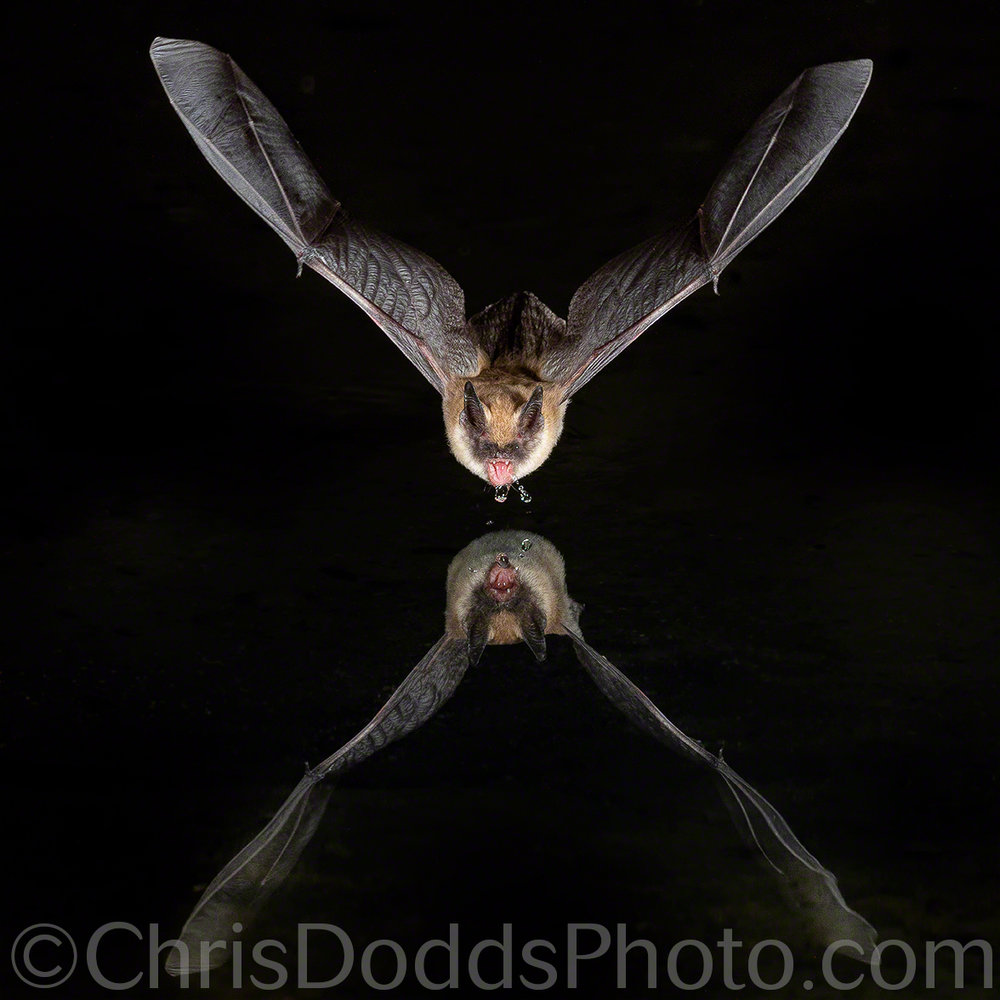This is an American Coot from December 8, during my recent Better than Bosque Workshop in New Mexico. I am so grateful we had some marvellous light and windless mornings at the duck pond—smile!
American coots are known for their unmelodic medleys of cackles, grunts, and croaks. The ducklike water birds are slaty gray with a white bill, red eyes, and lobed toes that facilitate swimming and walking on muddy shores. Coots take flight awkwardly, spattering water as they run across the surface while trying to lift off. Feeding on aquatic plants, insects, worms, and snails, coots often gather in dense flocks on open water. The young have a remarkable means of escaping danger: at the first warning from an adult, chicks dive underwater and grasp a plant stem in their bill, anchoring themselves to the bottom until the threat has passed.
American Coot (Fulica americana, Foulque d'Amérique AMCO) from my Better than Bosque workshop. Near Albuquerque, New Mexico, USA. Image Copyright ©Christopher Dodds. Sony a9 III Mirrorless camera & Sony FE 600mm f/4 G Master OSS Lens with Sony FE 2X Teleconverter @1,200mm ISO 2,500, f/8 @ 1/5,000s. Full frame image. Manual exposure.





